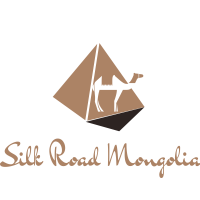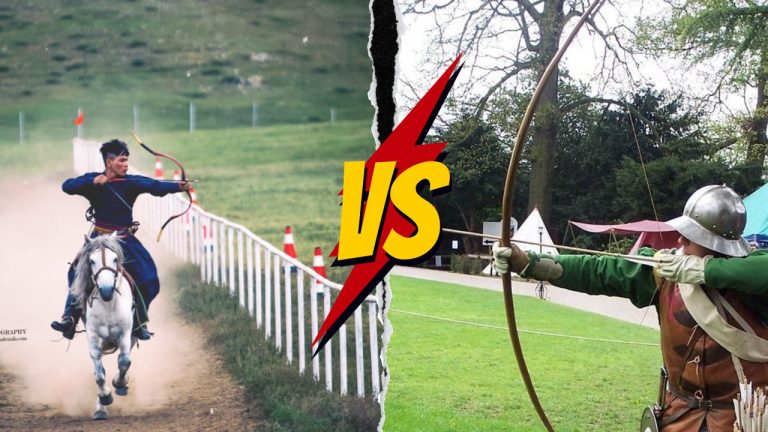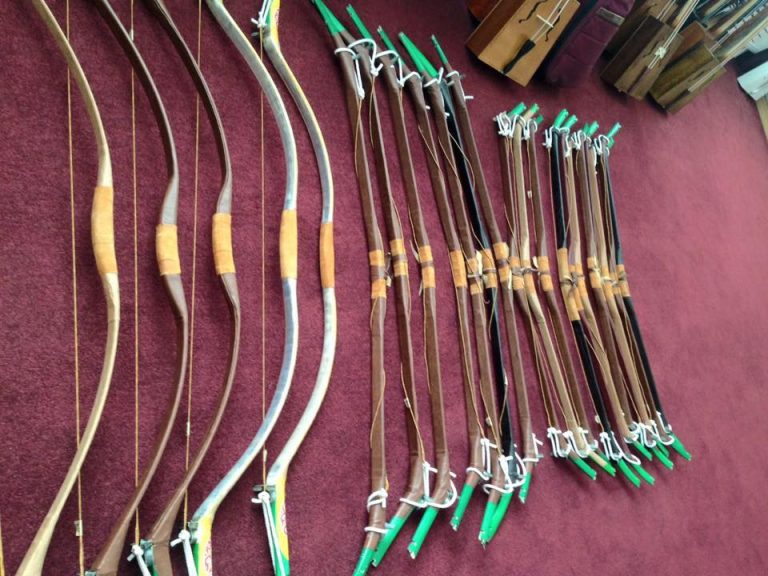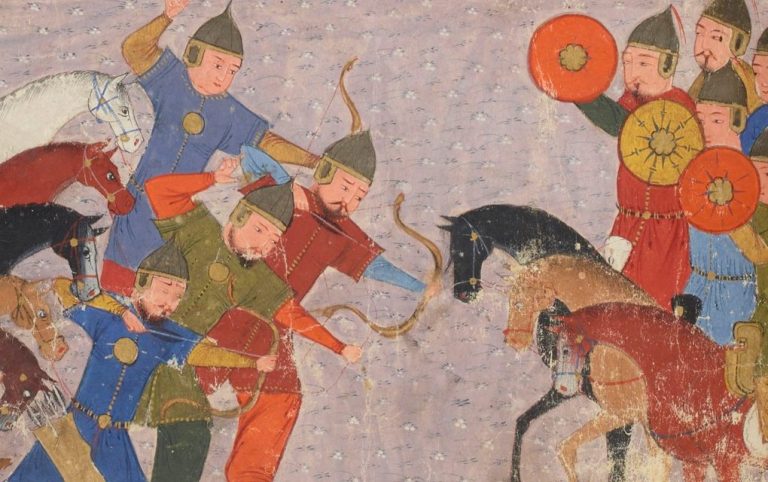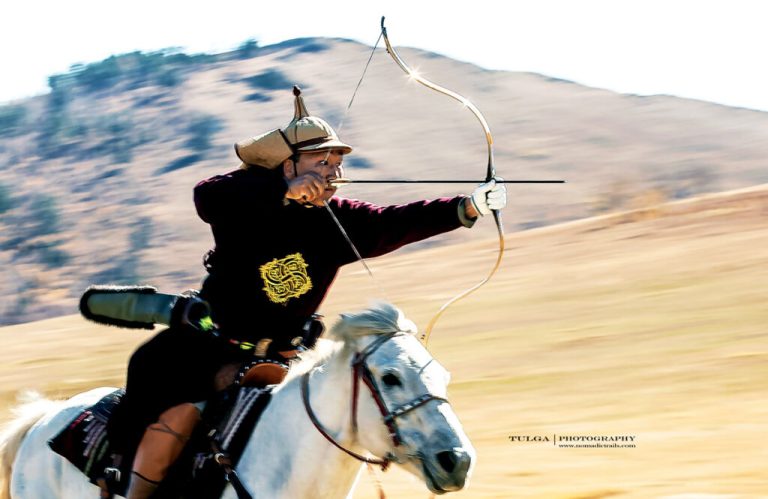The art of crafting Mongolian bows stands as a testament to the ingenuity and craftsmanship of the nomadic peoples of Central Asia. For centuries, these bows have been revered for their power, precision, and cultural significance, serving as indispensable tools for hunting, warfare, and ceremonial practices.
Rooted in tradition and shaped by generations of skilled artisans, the process of making Mongolian bows embodies a harmonious blend of natural materials, meticulous craftsmanship, and cultural heritage.
Materials Used in Making Mongol Bows
The materials used in crafting Mongolian bows are carefully selected for their unique properties and their ability to contribute to the bow’s strength, flexibility, and performance. Traditionally, Mongolian bows are constructed using a combination of natural materials, including wood, horn, sinew, and animal glue.
- Wood: The core of the Mongolian bow is typically made from bamboo or other flexible woods such as birch, elm, or mulberry. These woods are chosen for their resilience and ability to withstand the stresses of tension and compression during the bow’s operation. The wood core provides the foundation and structure for the bow.
- Horn: Horn is used to reinforce the belly (the side facing towards the archer) of the bow. Typically, water buffalo horn or similar dense and resilient horn materials are employed. The addition of horn enhances the compression strength of the bow, allowing it to store more energy when drawn and increasing its power and speed.
- Sinew: Sinew, usually sourced from tendons of animals like deer or elk, is applied to the back (the side facing away from the archer) of the bow. Sinew fibers are known for their exceptional tensile strength and elasticity, providing additional power and resilience to the bow when it is drawn. Sinew also helps to distribute the stress evenly across the bow, contributing to its durability.
- Animal Glue: Animal glue, traditionally made from boiled animal hides or bones, is used to bind the components of the bow together. This natural adhesive not only helps to secure the wood, horn, and sinew in place but also provides flexibility and resilience to the bow. The use of animal glue ensures that the bow remains sturdy and responsive even under varying environmental conditions.
Construction Process
Constructing a Mongolian bow is a meticulous process that involves several distinct steps, each crucial for achieving a high-quality final product. Here’s a step-by-step guide to the construction process:
- Material Selection: Begin by selecting suitable materials for the bow’s core, limbs, and other components. Common choices include wood or bamboo for the core, hardwood or bamboo for the siyahs (tips of the limbs), horn strips for the belly of the bow, sinew for reinforcement, and leather for protection.
- Core Formation: Shape the wooden or bamboo core into the desired dimensions and curvature for the bow. This core serves as the foundation of the bow and provides stability and flexibility.
- Siyah Attachment: Glue the hardwood or bamboo siyahs to each end of the core. These siyahs add rigidity to the limbs and help define the bow’s overall shape.
- Horn Application: Cut and shape horn strips to fit the belly of the bow, where they will provide additional strength and compression. Glue the horn strips securely to the core, ensuring a tight bond.
- Sinew Layering: Apply layers of sinew to the back of the bow, covering the entire surface area. Sinew adds tensile strength and elasticity to the bow, enhancing its performance and durability.
- Leather Covering: Once the sinew has dried and set, cover the back of the bow with a layer of leather. This leather covering serves both decorative and protective purposes, shielding the bow from damage and environmental factors.
- Gluing and Binding: Use traditional animal-based glues, such as hide glue, to bond the various components of the bow together. Apply the glue carefully and allow sufficient time for it to dry and set properly. Use nylon thread or natural fibers to bind the leather securely to the siyahs and handle.
- Stringing: Finally, string the bow with a suitable bowstring made from B50 material or similar synthetic fibers. Ensure the bowstring is properly attached and tuned to the desired tension.
Throughout the construction process, attention to detail and craftsmanship are paramount. Each step requires precision and patience to ensure the bow is structurally sound, aesthetically pleasing, and capable of delivering powerful and accurate shots.
